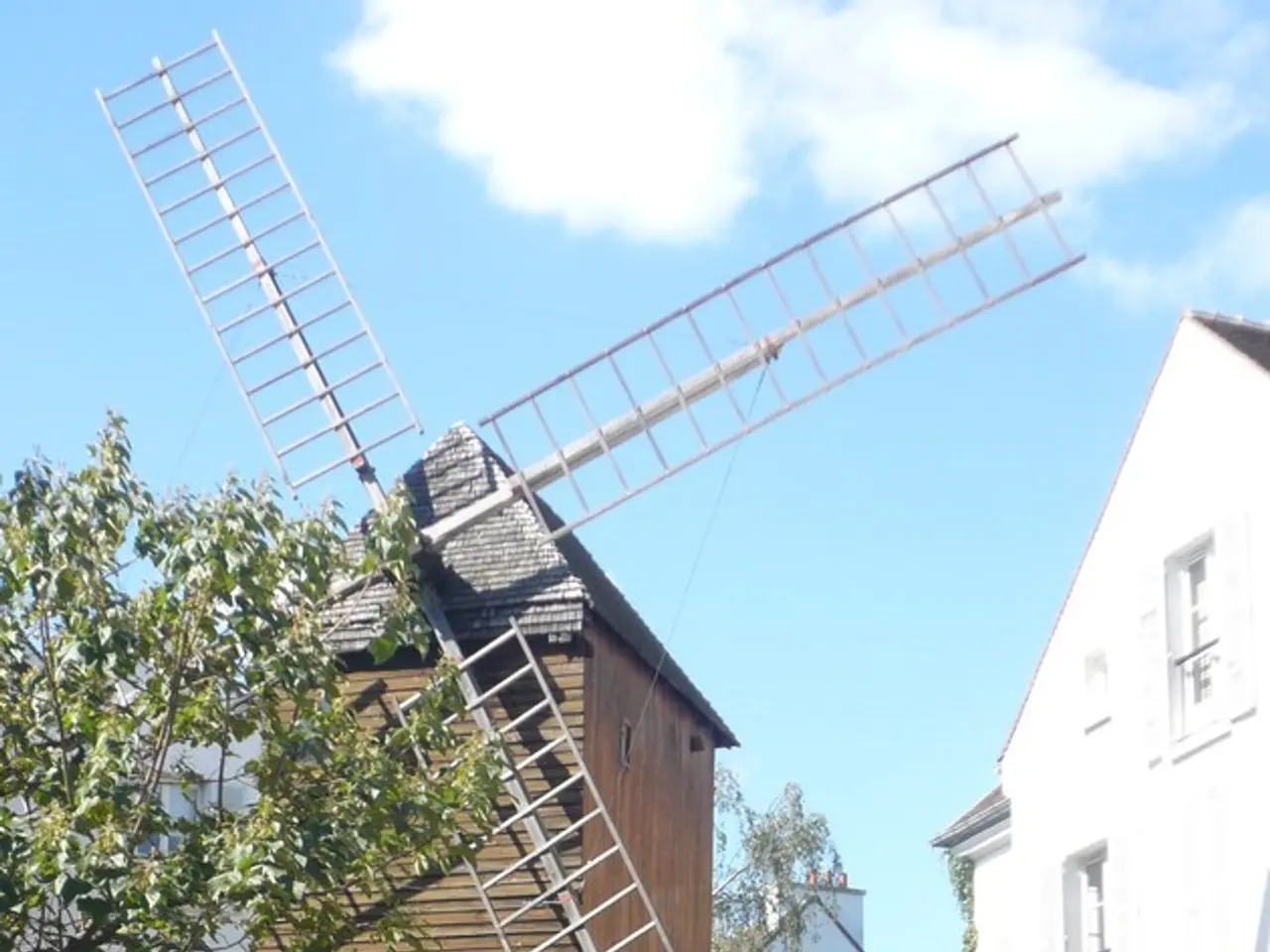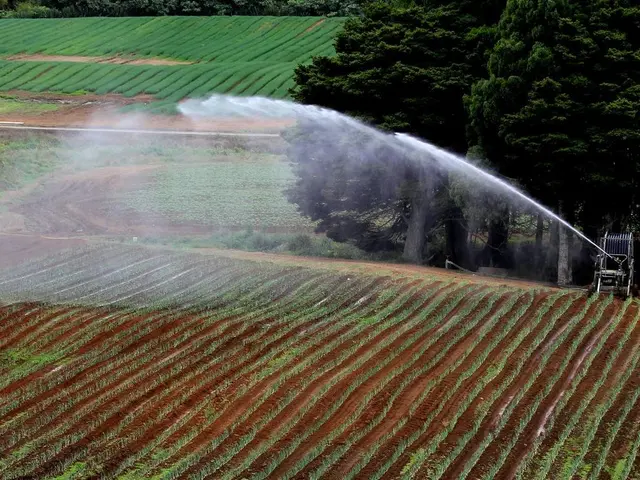Equinor and SSE Renewables begin preliminary studies for a potential expansion of the Dogger Bank Wind Farm's fourth phase, focusing on green hydrogen production.
The developers of the world's largest offshore wind farm, SSE Renewables and Equinor, are forging ahead with plans for a potential fourth phase, named Dogger Bank D. The project, located in the eastern zone of the Dogger Bank C lease area, would more than double the utilisation of existing acreage and add an additional 1.32 GW in fixed-bottom offshore wind capacity.
SSE Renewables, in partnership with Equinor, is leading the development of Dogger Bank D. According to Oliver Cass, Dogger Bank Wind Farm Project Director, ongoing work is being carried out to explore the technical feasibility of both grid and hydrogen options for Dogger Bank D.
The initial scoping report for Dogger Bank D, outlining this work, will be released in late March. This report will also highlight the developers' intention to deploy the latest-available technology to bolster the UK's renewable energy capacity.
Two options are being considered for the energy generated by Dogger Bank D. The first option would see power from the offshore wind farm connecting to a grid connection in Lincolnshire. The second option being considered is the use of electricity produced by offshore wind to generate green hydrogen at a dedicated electrolysis facility in the Humber region.
The green hydrogen option at Dogger Bank D could benefit from leveraging the low-carbon hydrogen value chain being advanced, including hydrogen pipeline infrastructure and a network of potential customers. This move could help to decarbonize the Humber, the UK’s largest and most carbon-intensive industrial region, through low-carbon projects, as Equinor and SSE Thermal are already collaborating to achieve.
Equinor and SSE Renewables each own 50% of the proposed Dogger Bank D development. The joint venture between SSE Renewables, Equinor, and Vårgrønn is responsible for the construction and delivery of Dogger Bank, with Equinor operating the wind farm upon completion.
The first three phases of the Dogger Bank Wind Farm (A, B, and C) are located more than 130 km off the Yorkshire coast and will generate enough renewable energy to power six million UK homes. With the addition of Dogger Bank D, the project would continue to make significant contributions to the UK's renewable energy capacity.
Paul Cooley, Director of Offshore Wind at SSE Renewables, is focused on delivering a homegrown energy system for the UK that is cheaper, cleaner, and more secure. The progression of Dogger Bank D aligns with this vision, as it is in-line with Equinor's strategy to further develop offshore wind projects in clusters such as the North Sea.
As SSE Renewables continues to develop more offshore wind energy, the company is taking action to radically increase renewable generation. With the planned publication date for the first scoping report on the technical feasibility study of green hydrogen for Dogger Bank D set for Autumn 2025, the future of renewable energy in the UK looks promising.
Read also:
- Trump's Policies: Tariffs, AI, Surveillance, and Possible Martial Law
- IFA Berlin Witnesses the Radiant Performance of ASTRAUX, as the company Speeds Up Growth in Significant European Markets
- Countries with the Greatest Human Capital Index in Africa in the Year 2025
- Emergency rooms outperformed by infusion centers for improved results in patients experiencing acute pain episodes and sickle cell disease








